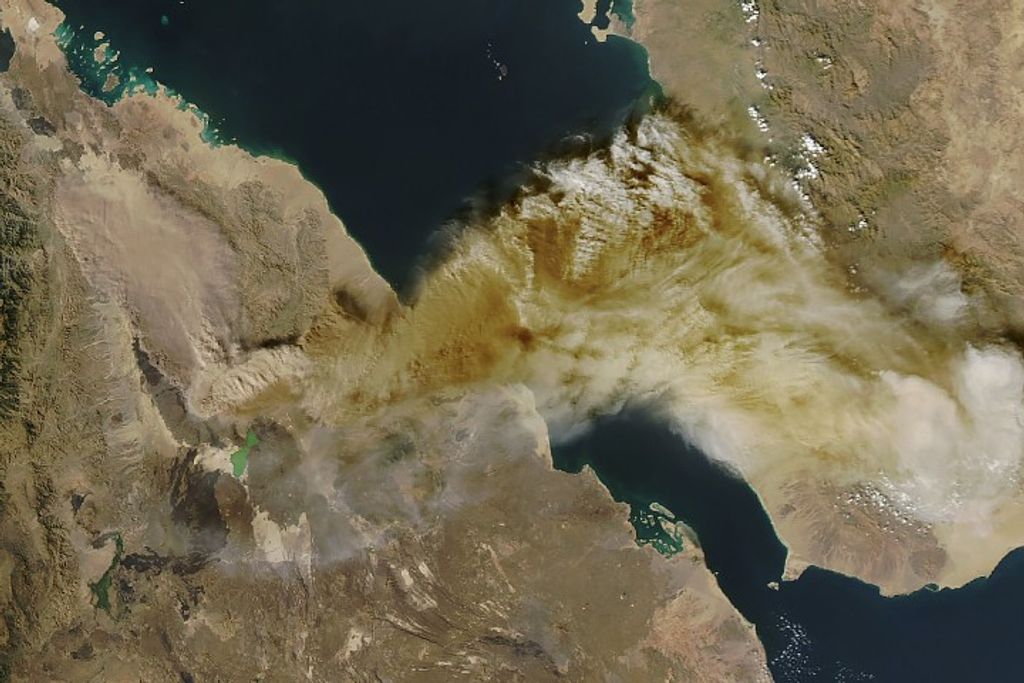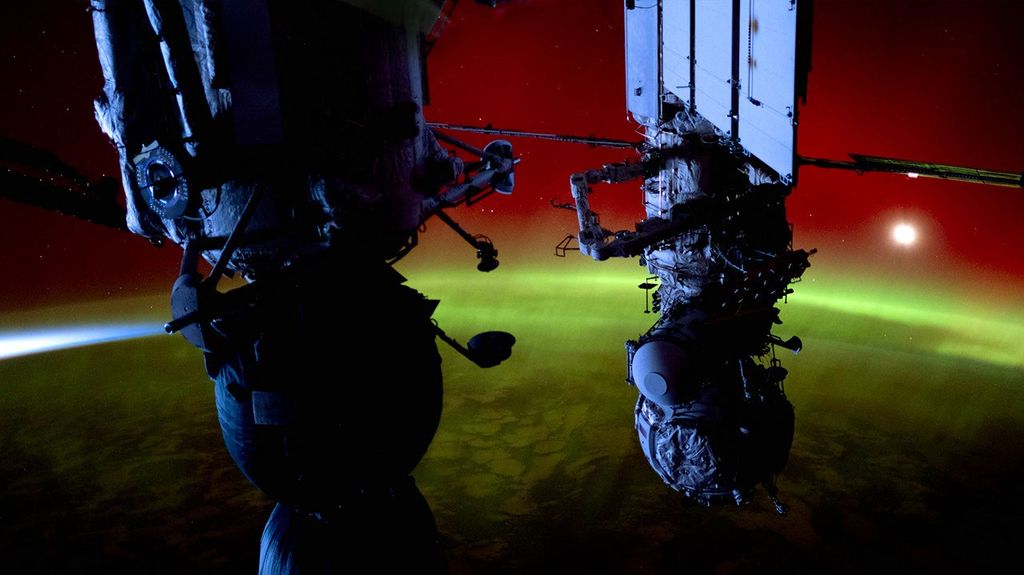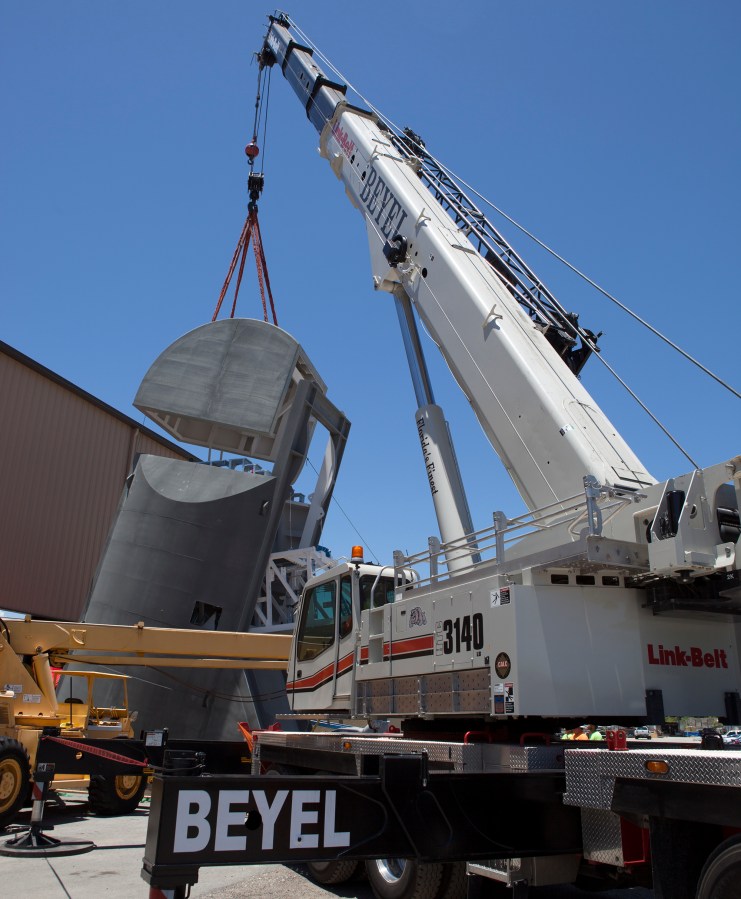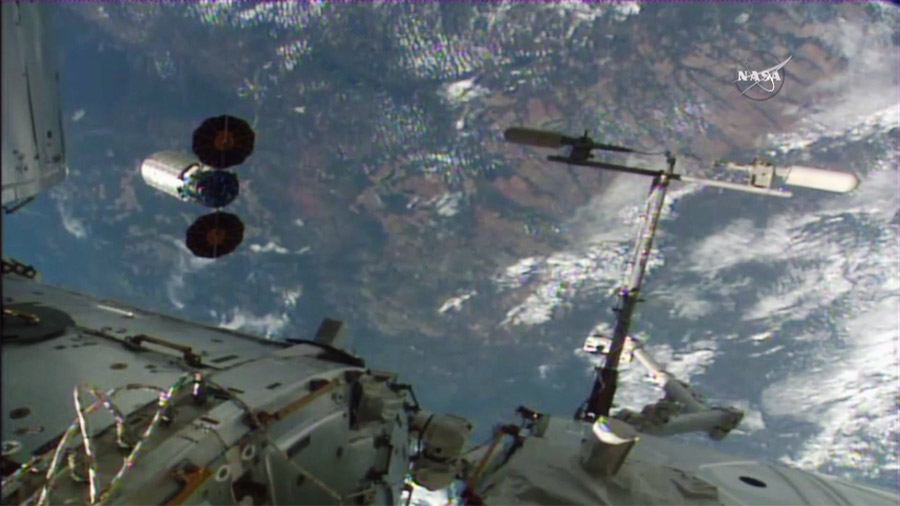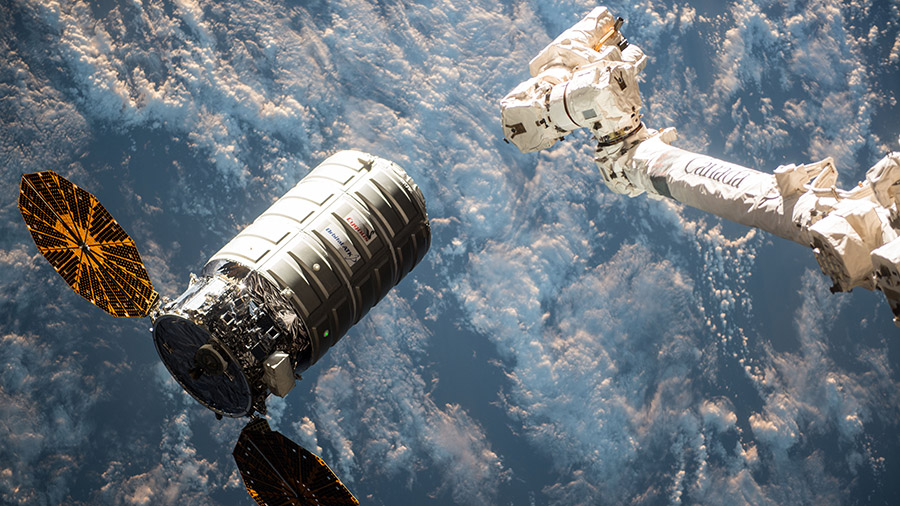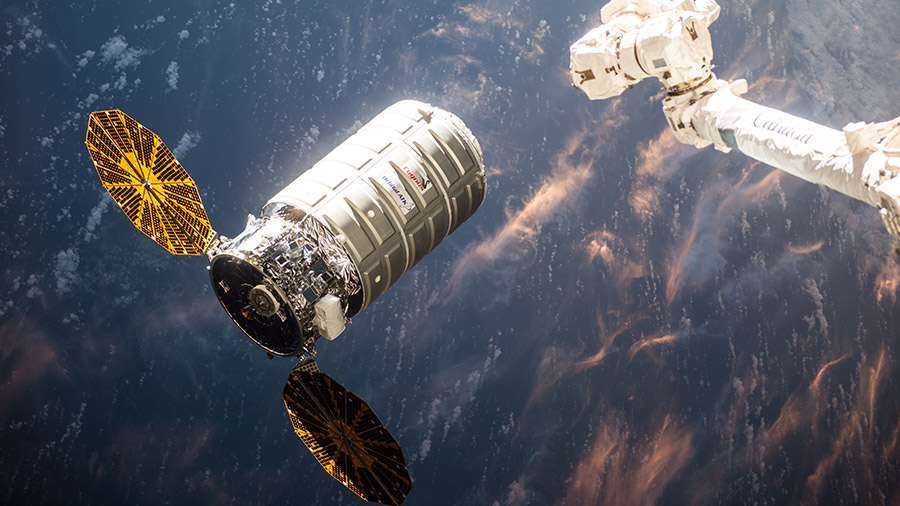Three Expedition 47 crew members are preparing to go home early Saturday morning. Three other station residents will stay behind beginning Expedition 48 on the International Space Station. Veteran cosmonaut Yuri Malenchenko will command the Soyuz TMA-19M spacecraft that will take him and astronauts Tim Kopra and Tim Peake back to Earth. The trio are …
Astronauts Swap Station Command Friday Morning










